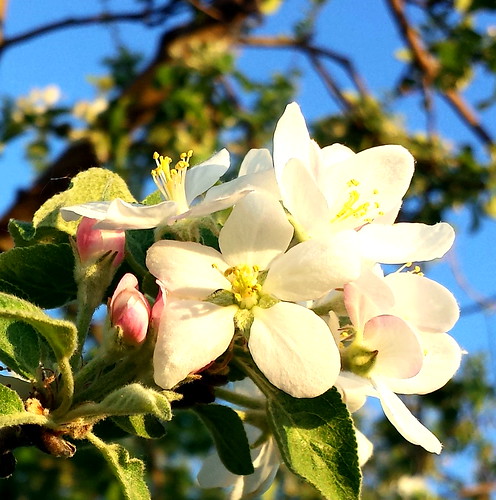How many schoolchildren over the decades glanced above the doorway to see a woman reading to a boy while a girl nearby is working on an abacus? It is a simple, beautifully sculpted panel, attentive to detail, as the architectural historian William Rhoads writes, “down to the shoelaces.” The scene is one of two on the carved stone panels on the Marlboro Middle School in the Hudson Valley, an Art Deco-style school completed in 1937. Today’s school buildings are far smarter, in using energy efficiently and caring more for the environment, but they aren’t as full of the wisdom of storytelling in their exterior design. In those historic panels, the designers imparted the value of learning.
Like the reliefs of the Marlboro school, the architectural panels of another Art Deco-style structure, at 20 Exchange Place in Lower Manhattan, hearken to know-how. They, too, tell stories intended to elevate mankind, in this instance on the exterior of a major bank. Although City Bank Farmers Trust Company had to scale back its ambitious plans to be the “world’s tallest” skyscraper when the Great Depression ravaged the economy, the bank still invested much in the exterior’s decorative elements that look not only to the present but to other eras for meaning. The building’s splendid, ornate doorways exemplify this best, showing both historic means of transportation, like sailing ships, and the newest of that era, in airplanes. [Read more →]



